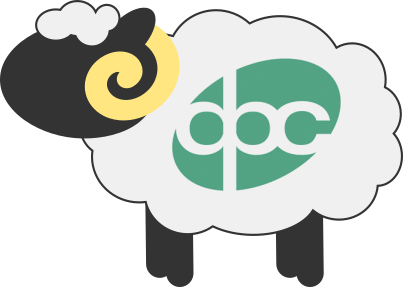If everyone agrees that digital preservation is essential then why is it so difficult to get started? Perhaps it’s because there are so many things to be considered, from so many different angles, that it’s hard to see the wood for the trees. Things like…
- Why should we preserve data?
- What is driving our desire/need to preserve?
- Where is my data?
- What is my data?
- What should I be preserving?
- Where should I preserve it?
- Who are the stakeholders?
- Who should be involved?
- What will it cost to get going?
- What will it cost in the future?
- How should we go about procuring?
- What about backups?
- What are other comparable institutions doing?
So many questions. So many potential starting points. Perhaps the original question is better reshaped as “where should I get started?”
First the short answer. Although there is a degree of sequential progression in some of these questions and answers, any start is better than no start.
A slightly longer answer…
Well to understand how to get to where you want to go it always helps to know where you are. So I would suggest that very first thing to do is to undertake a maturity analysis. Where are you in your potential preservation journey.
And that’s where the Digital Preservation Coalition’s Rapid Assessment Model comes in (DPC RAM)— Rapid Assessment Model – Digital Preservation Coalition (dpconline.org).
What is it? To paraphrase a certain famous advertisement, it’s exactly what it says on the tin. It’s a “…digital preservation maturity modelling tool that has been designed to enable rapid benchmarking of an organization’s digital preservation capability”. In other words, it [rapidly] helps you decide where you are on that preservation journey. What’s more, it prompts you to think about where you want to be.
It’s very simple. There are two components—a two page spreadsheet and a short accompanying document. The first page of the spreadsheet has eleven criteria for you to consider, divided into two groups—6 criteria relating to your organisational capabilities and 5 relating to service capabilities. For each criteria you are prompted to select a current level, a reason for selecting that level, a target level, and what needs to happen to achieve your desired level. It can be applied at any level from personal digital preservation to global corporations and can take less than an hour to complete.
The second page of the spreadsheet is a visualisation of the results and the accompanying document is simply a more detailed explanation of the levels.
And that’s it!
So what’s stopping you?
If you’re interested in a little more of an exploration relating to getting started with digital preservation (and using the DPC RAM model) then please join us on the 5th May for a free webinar “On your marks, get set: preserve!“. More details can be found here.

